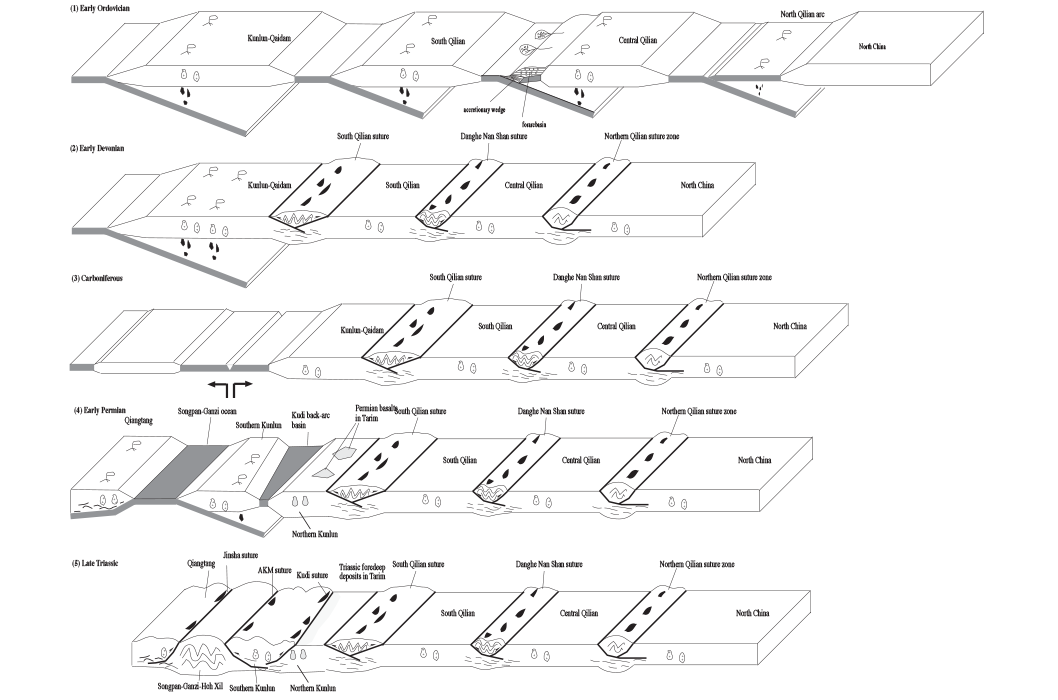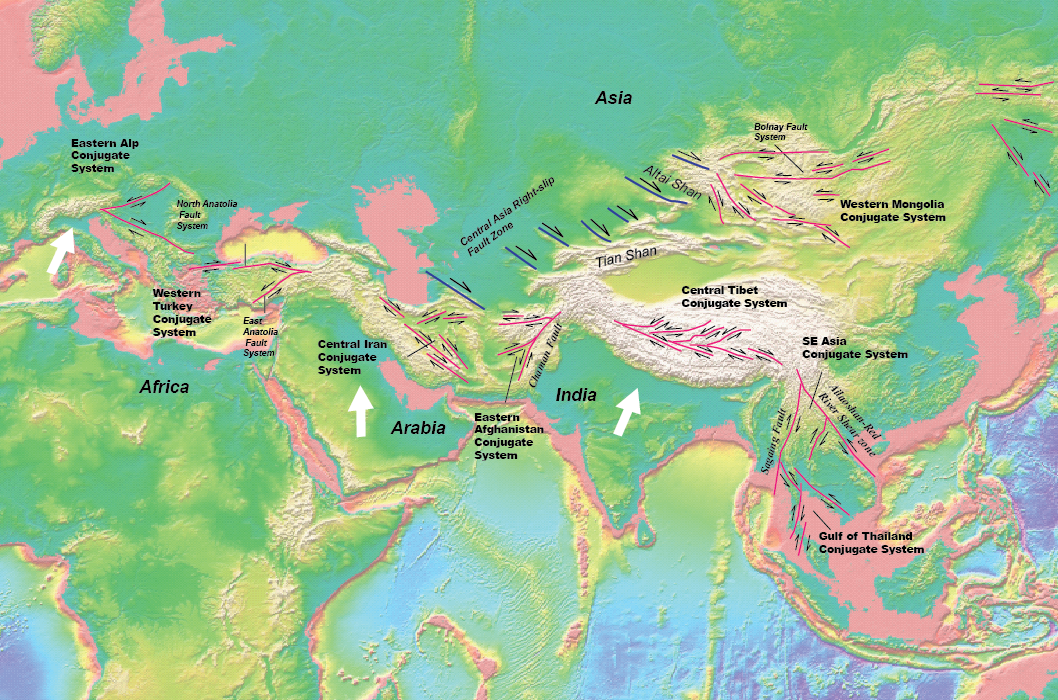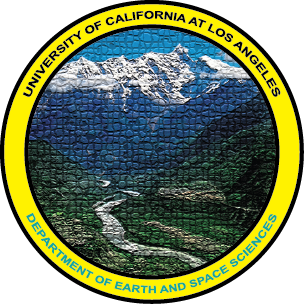Research Interest 1: Continental Tectonics


 >
>


Tectonic Development of the North American Cordillera
This research was conducted in the 1980s and 1990s and focused on the kinematic development of the Late Cretaceous-early Tertiary thrust systems in the Laramide orogen (mainly in Montana, Wyoming and Utah) and mid-Miocene detachment fault systems in the Basin and Range (mainly in California). After teaching our summer field camp in the White Mountains in recent years, I renewed my interests in the geology of North American with new perspectives gained from my work in Asia. My current research interests include (1) temporal and spatial relationships between pluton emplacement and thrust-belt development, (2) timing and tectonic setting of the Last Chance thrust system in eastern California, (3) active tectonics of the western Basin and Range and its relationship to magmatic plumbing systems, and (4) relationships between Late Cenozoic tectonics and paleo-drainage-system development in the western U.S..

Cenozoic Tectonics of Asia
This has been a main focus of my research in the past three decades. In the broadest sense, I have been trying to determine the role of two Cenozoic indentation events induced by Arabia-Asia and India-Asia collision and their interactions with oceanic subduction in causing diffuse deformation and related igneous processes across Asia. Together with my students and colleagues at UCLA and in China, my research in the past decades took me to nearly every corner of the Tibetan plateau. These research activities focused on determining the timing and magnitude of motion on major Cenozoic faults whose development had played critical roles in the formation of the plateau (e.g., the Altyn Tagh fault, the Kunlun fault, the Karakorum fault). My work in the Himalaya started in 1996 in collaboration with Mark Harrison at UCLA. The pace picked up after 2006 when I started testing a passive-roof-thrust model for the Himalayan development. My current research on Cenozoic tectonics of Asia includes (1) investigation of the eastern Himalayan orogen and the northern Indo-Burma Range, (2) tectonic development of the Cenozoic Qilian Shan-Nan Shan thrust belt in northern Tibet, and (3) temporal and spatial development of Cenozoic fault systems and igneous activities in central Asia and their relationships to plate-boundary and deep-mantle processes.
 >
>Accretionary Orogenesis
In the past decade, I have supervised two PhD students working on the tectonic processes responsible for constructing the Central Asia Orogenic System (CAOS): one in the Chinese Altai (Stephanie Briggs) and one in the Mongolian Altai (Sara Cina). Despite being one of the largest accretionary orogens in Earth’s history, how the orogen was constructed remains poorly understood. With a drastic rise in research activities and analytical capabilities in the past decade, the study of the CAOS has become one of the most active and exciting research frontiers in modern Earth sciences. The plan for my on-going research in central Asia is to better integrate detailed structural mapping in key regions with existing and newly acquired geochronologic, geochemical, P-T, and paleomagnetic data.

Collision of North and South China Blocks and the Closure of the Paleo-Tethys
I was working on this problem two decades ago with my collaborator and a former classmate at Beijing University Dr. Shang-You Nie. Together, we developed an indentation model for the Triassic development of eastern Asia that accounts for the termination of the puzzling Tanlu and Honam strike-slip faults, each having several hundreds of displacement. This model is still being tested and debated by researchers. I have no active research projects centered on this theme.
